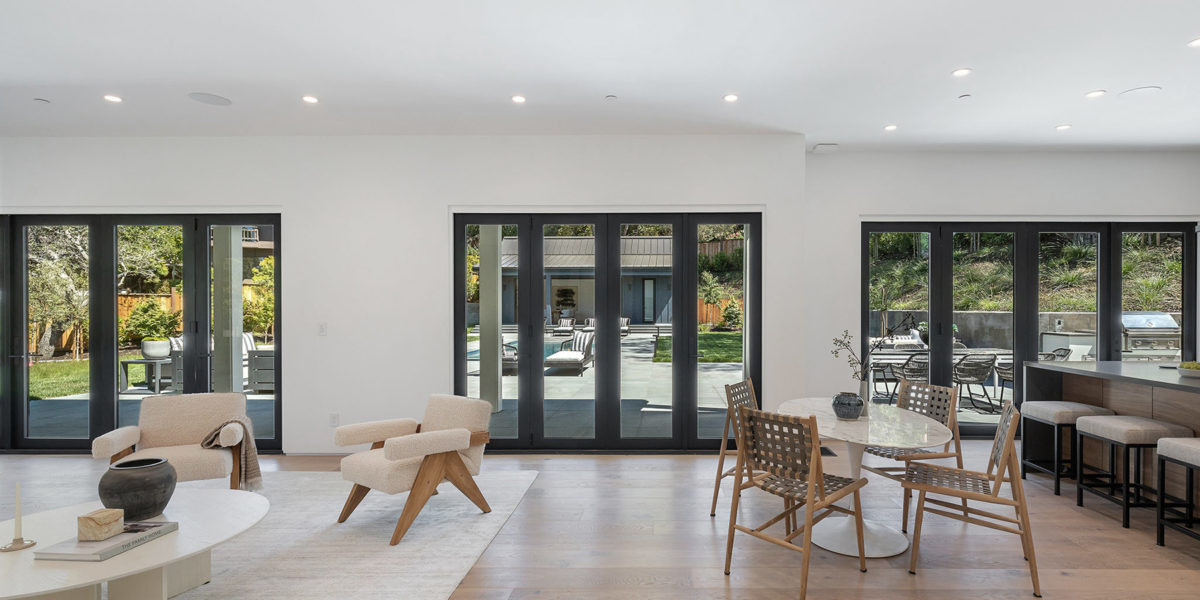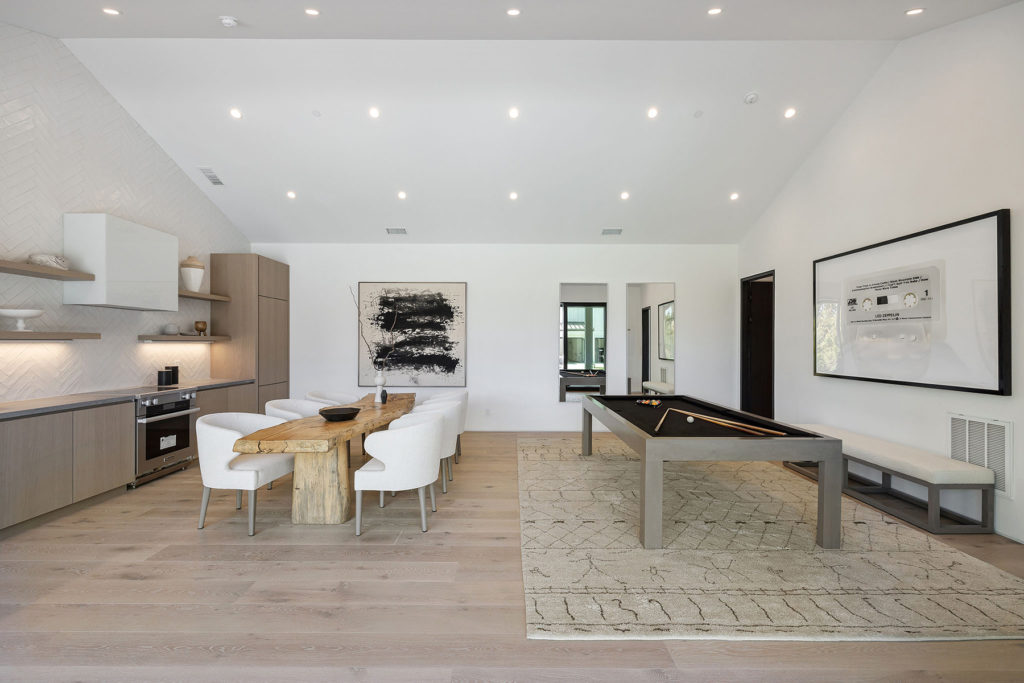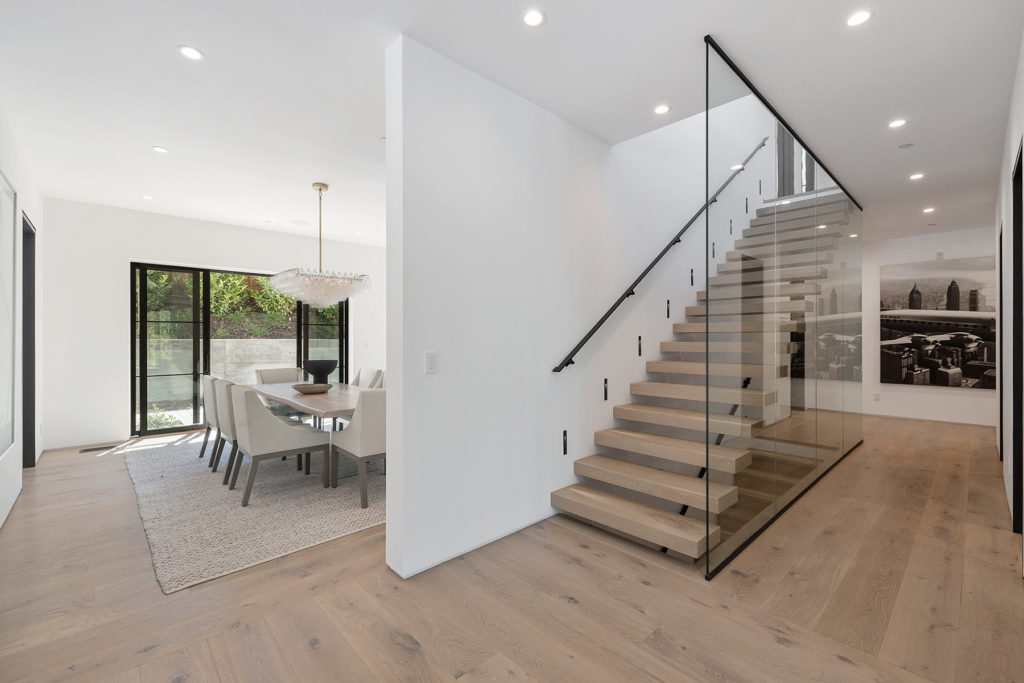
Why White Oak Is (Still) Having Its Moment
Light, bright, and calm is the hardwood floor palette with staying power.

www.OpenHomesPhotography.com
If you don’t think flooring materials are subject to fads and changes, let your mind time-travel back to the wall-to-wall carpet era, when floors covered in plush acrylic were considered the height of luxury. Just thinking about it might make you sneeze. Hardwood floors have been the standard for many decades now, but the materials, stains, and finishes have shifted from glossy and dark to weathered and gray, and, lately, to a kind of barely finished pale oak with a low-sheen finish and wide, substantial planks. If you’ve opened a shelter magazine, wandered through some virtual home tours, or dug deep into the interior design world on Instagram, you’ve likely noticed that wide-plank, pale oak floors are having a moment—a very long moment.
“If you look at the houses in California that were built from the ’20s-’50s, all of them have narrow, red-oak floor boards, about 1 1/4- 2 inches wide. That’s the material that was readily available, and that was the style,” says Nero Smeraldo, the owner and founder of ENS Builders in Los Angeles. “But if you look at that floor closely, you’ll see a lot of seams. It gets pretty busy. I think people are drawn to a quieter looking floor now, with wider planks, fewer seams, and a lighter finish with old-fashioned wax and low-gloss treatments that were popular back before they invented polyurethane. That’s been the trend for a while now.”

www.OpenHomesPhotography.com
Shawn and Jamie Peebles, owners of Northern Wide Plank, whose hardwood flooring is featured in this Hillsborough home, agree that the clean aesthetic of a wide plank floor can enhance the existing design of a home.
“In a home like this one, which was designed for entertaining, choosing a character-grade wide plank that works with the homeowner’s intended use makes a great deal of sense,” said Northern Wide Plank’s Shawn and Jamie Peebles. “Since wood is a natural material, you can’t completely prevent damage to the surface from heavy wear and accidental abuse (think high heels, heavy traffic, accidental drops, and spills). The strategy is to select a floor that disguises this kind of inevitable wear and maintains its original beauty.“
A character floor has more natural variations, and in character floors, the grain, texture, and occasional knots are celebrated. It is these natural characteristics of the planks that can hide marks after years of use.

www.OpenHomesPhotography.com
For this Hillsborough project, Thorenfeldt Construction used NWP’s character grade Del Mar White Oak wide planks from the Iconic Collection. The light natural color and wire-brushed surface of the wood have a timeless appeal that resonates with the sun-soaked home and its verdant garden vistas.
Each floor starts with the kiln drying process of raw wood, which is then sawn into lamellas (top layers) that are laminated onto a birch wood substrate to create planks up to 11 inches wide and 12 feet long. Engineered planks are then milled and graded before they’re finished, with a variety of stains and treatments, depending on the desired finish. They’re durable, more resilient to moisture, and sustainable.
“It’s more economical to use engineered planks, for sure,” adds Smeraldo. “And you get the look and feel of solid hardwood with a more durable floor that could last you 20-30 years.”
“And pale oak is not the only finish out there. There are literally dozens to choose from,” Smeraldo says. “It’s just the one you’re seeing everywhere right now.”
